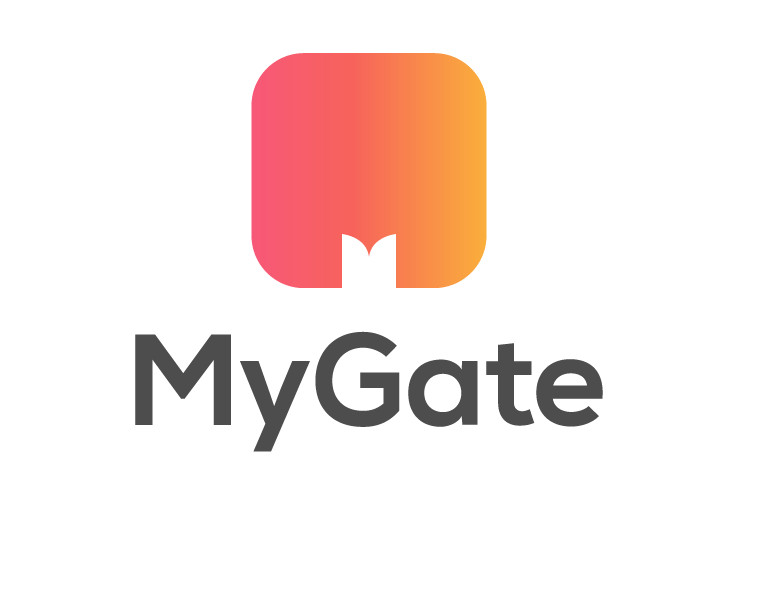 In the last six years, the global average cost of a data breach has grown by 12%, totaling $3.92 million/breach in 2019 according to this year’s Cost of a Data Breach Report released by the Ponemon Institute and IBM Security. Lost business was the biggest contributor to data breach costs, with customer turnover increasing to as much as 3.9% in the wake of security incidents.
In the last six years, the global average cost of a data breach has grown by 12%, totaling $3.92 million/breach in 2019 according to this year’s Cost of a Data Breach Report released by the Ponemon Institute and IBM Security. Lost business was the biggest contributor to data breach costs, with customer turnover increasing to as much as 3.9% in the wake of security incidents.
When it comes to the average total cost of a data breach, the United States had the highest cost at $8.19 million/breach, while the Middle East had the highest average number of breached records, 38,800, compared to the global average of 25,575. On the lower end of the scale, India averaged data breach costs of $1.83 million/breach and Brazil of $1.35 million/breach. Among the different sectors, the healthcare industry had the highest cost per breach, $6.45 million, 65% more than the average cost of a data breach.
The report also confirmed data breaches take a bigger toll on smaller organizations. Large businesses with more than 25,000 employees average data breach costs of $5.11 million or $204/employee, whereas companies with 500 to 1000 employees average $2.65 million, or $3,533/employee. It is no surprise therefore that smaller organizations struggle to recover in the wake of data breaches, with many folding within the first six months after an incident.







